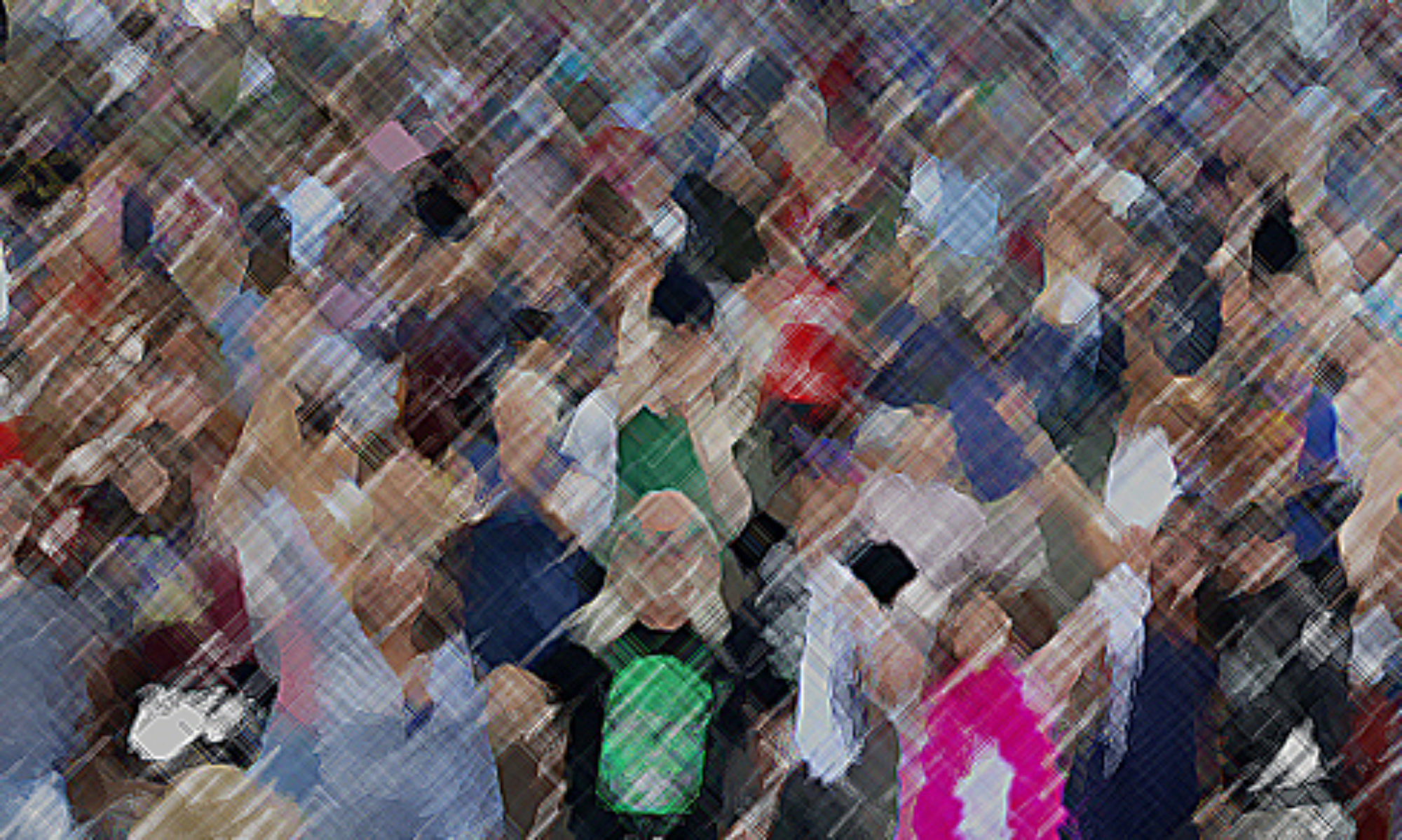In over 40 years of customer service, if I have learned one thing, it is that there are those who see customers as customers, and those who see customers as humans. There is a big difference. A big, BIG difference. Over the years, the number of businesses in the latter category has diminished significantly. If you don’t think so, tell me why Amazon is so popular?
American business spends a bunch of money on stuff. Take a a product launch, for example. Thousands, if not millions are spent on marketing and Public Relations, thousands more for design, packaging, and presentation of a product. Thousands more on CRMS software to maintain relationships with customers. And, at the end of that chain, that glorious point in which you make human contact with the customer you worked so hard to obtain, is a minimum wage employee with little training, and possibly little desire or incentive to establish, or maintain a customer relationship.
Over 40 years, I have served, or catered to in some way, Presidents, vacationing families, rock stars, cowboys, retired couples, kids, sports fans, concertgoers, and people from virtually every walk of life, and they all wanted to walk away from the experience with the same things, whether they were aware of it, or not. No matter what socioeconomic group they were from, their expectations and demands were driven by the same human needs.
When I worked at the El Tovar Hotel in the Grand Canyon in the late 80’s, I had a roommate named Tony. He was a Detroit Italian who was one of the best waiters I have ever met, and he once told me, “No matter what they are buying, people spend money to feel good about themselves, and our job is to make sure that happens.” At first, I did not agree. I thought it was an oversimplified statement, but over time, came to realize that it is absolutely true.
Repeat what good ole Tony said to yourself now, because it is the underlying mantra of this whole program. People spend money to have emotional needs met, whether they are aware of it or not. A pack of gum? A nice meal? A new boat? It doesn’t matter. Yes, they want the materialistic outcome, but the act of the purchase is to satisfy needs not met elsewhere. As soon as retail, hospitality, and all sales front lines realize this, the process of creating and keeping customers becomes a whole new ball game. This information is game changing. Ask someone why they shop Amazon, and they will most likely tell you it’s about price and convenience. It’s not. Those are only two of many emotional needs people need met in a purchase, and the dismal state of customer service has left consumers accepting that maybe that is the best they are going to get…price and convenience. This is where brick and mortar can always win if you remember why people buy in the first place.

